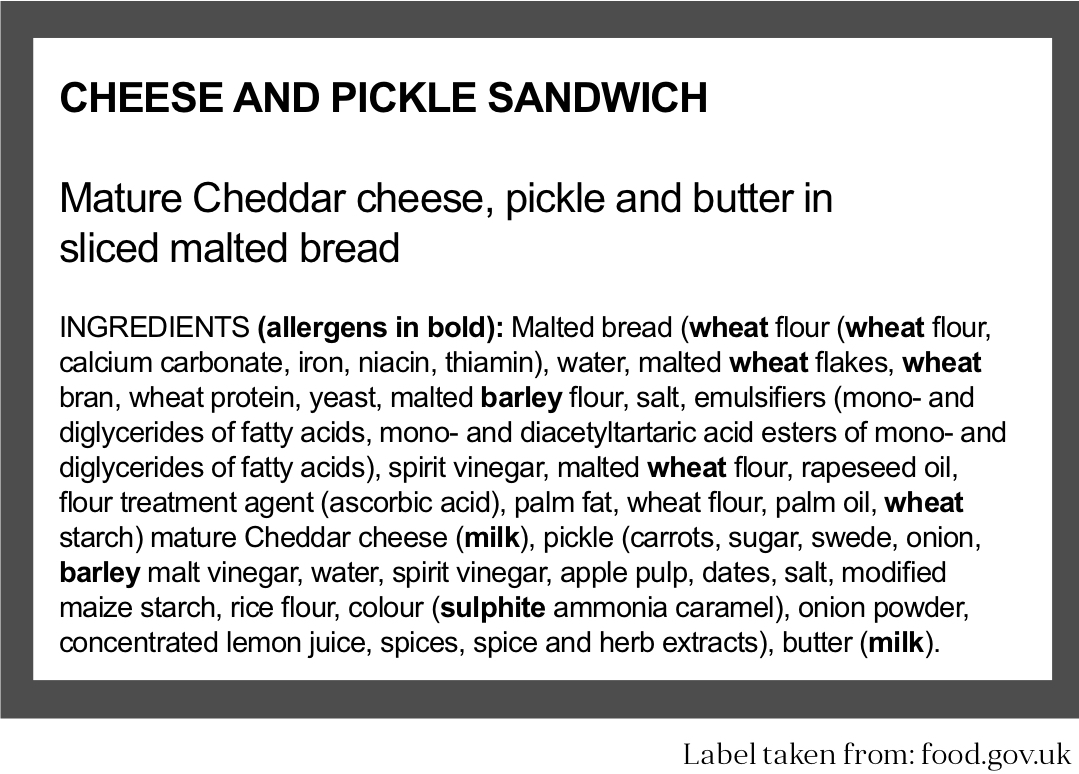Mustard, celery and sulphites: allergen advice for caterers
In the final article of our series, we look at the key watch-outs for three allergens
With not long to go now until Natasha’s Law comes in, it is important that you prepare your business and staff in plenty of time. To help you, we have gathered the key information on what you need to include on the label, whether your business needs to adhere to the new law and how you can get ready.
From 1 October this year, laws on food labelling will change in England, Scotland, Wales and Northern Ireland. The new legislation, Natasha’s Law, states that all food that is pre-packaged for direct sale (PPDS) must list all ingredients and allergens clearly on the label. This applies to you if you prepare food on site for sale and package it ready for customers. It could be items such as pre-packed sandwiches, cakes and salads.
The Food Standards Agency (FSA) explains that any food that is not in packaging or is packaged after being ordered by the consumer does not need this new labelling, but you must be able to tell customers what allergens are in the products when asked.
The change in legislation comes after a successful campaign from Nadim and Tanya Ednan-Laperouse, following the tragic death of their daughter Natasha, who suffered anaphylactic shock after unknowingly eating sesame seeds in a sandwich.
Labels should state the name of the product followed by a list of all the ingredients. If the product contains any of the 14 allergens, they should be clearly highlighted. This could be in bold, capitalised, contrasting colours or underlined. You can find a full list of label requirements here.

Sign in to save topics you love, and build your archive of events, menus and articles.